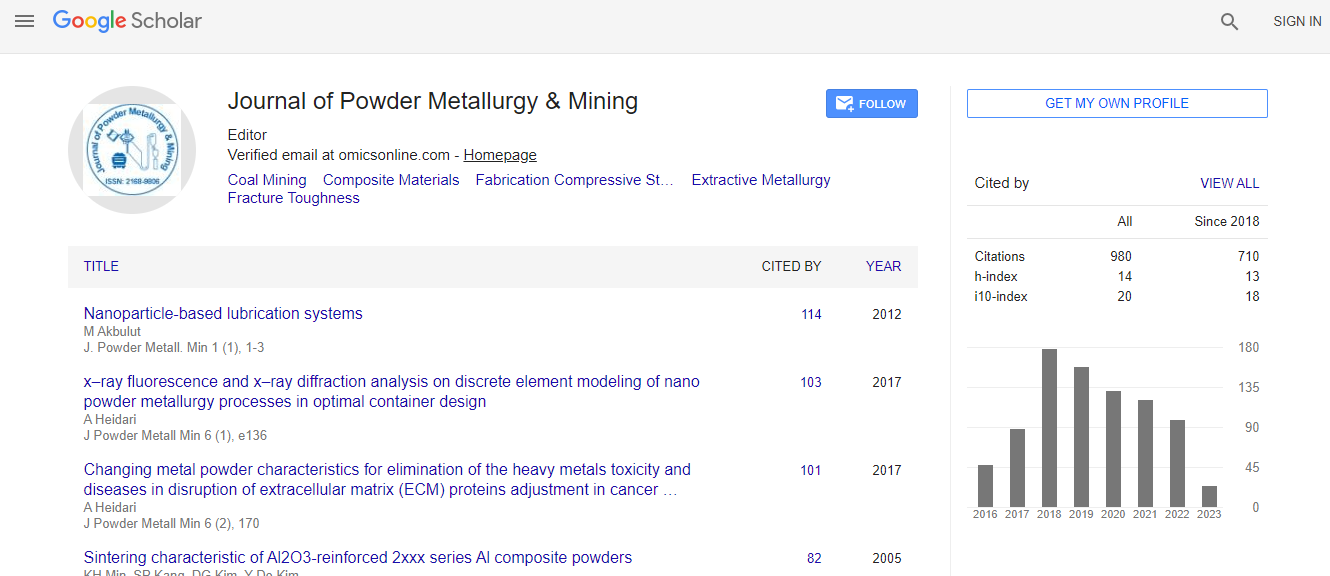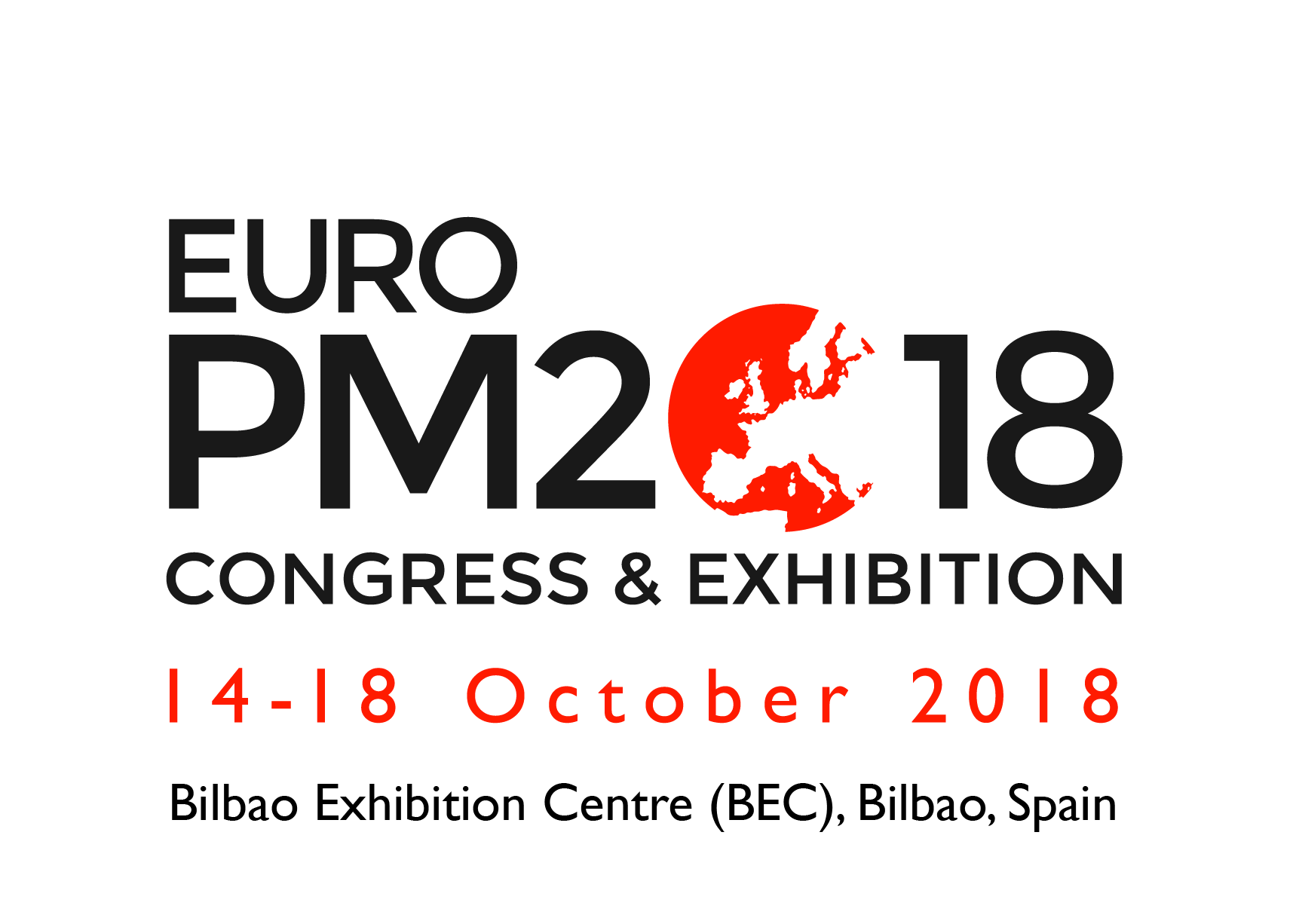Special Issue Article
Virtual Prototype Simulation of Truck Vibrations in High-Impact Shovel Loading Operations
Nassib Aouad1*and Samuel Frimpong21Assistant Professor of Mining Engineering, Missouri S&T, Rolla, MO, USA
2Robert Quenon Endowed Chair and Professor of Mining Engineering, Missouri S&T, Rolla, MO, USA
- *Corresponding Author:
- Nassib Aouad
Assistant Professor of Mining Engineering
Missouri S&T, Rolla, MO, USA
E-mail: narzf@mst.edu
Received Date: January 15, 2013; Accepted Date: January 17, 2013; Published Date: January 26, 2013
Citation: Aouad N, Frimpong S (2013) Virtual Prototype Simulation of Truck Vibrations in High-Impact Shovel Loading Operations. J Powder Metall Min S1:004. doi: 10.4172/2168-9806.S1-004
Copyright: © 2013 Aouad N, et al. This is an open-access article distributed under the terms of the Creative Commons Attribution License, which permits unrestricted use, distribution, and reproduction in any medium, provided the original author and source are credited.
Abstract
Virtual prototyping has dramatically increased in the past decades due to powerful computing tools and environment. Moreover, companies are under pressure to reduce development and optimization time for their future products. With virtual prototyping, engineers can explore the performance and behavior of various design alternatives without investing time and money required to build actual prototypes. Also, in dangerous applications, human factor can be analyzed in a virtual prototype without compromising their health and safety. This paper highlights the development of a 3D virtual prototype simulator for truck vibrations under High-Impact Shovel Loading Operations (HISLO) conditions. It contains a complete methodology and procedure for building the complex dynamic model, with multi-degrees of freedom that best captures the actual truck under the HISLO conditions. The detailed steps and methodologies for building the virtual model using MSC.ADAMSare also discussed in this paper. The constraints, dimensions and control environments of this virtual model are described. This study also focuses on the methods used in MSC.ADAMSto build the complex dynamic model, and their limitations for developing and simulating the virtual prototype simulators.

 Spanish
Spanish  Chinese
Chinese  Russian
Russian  German
German  French
French  Japanese
Japanese  Portuguese
Portuguese  Hindi
Hindi 

